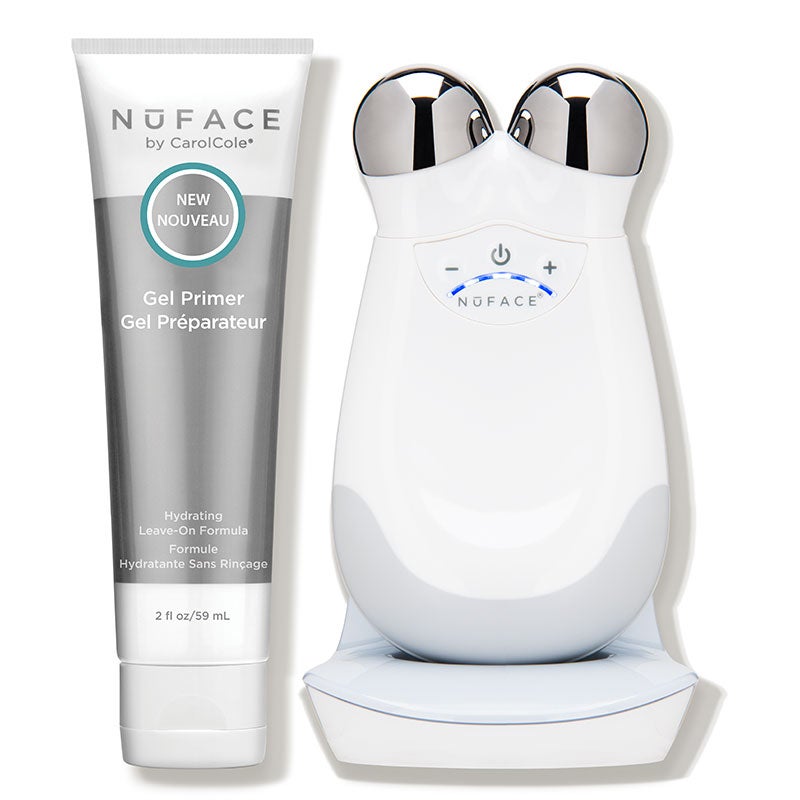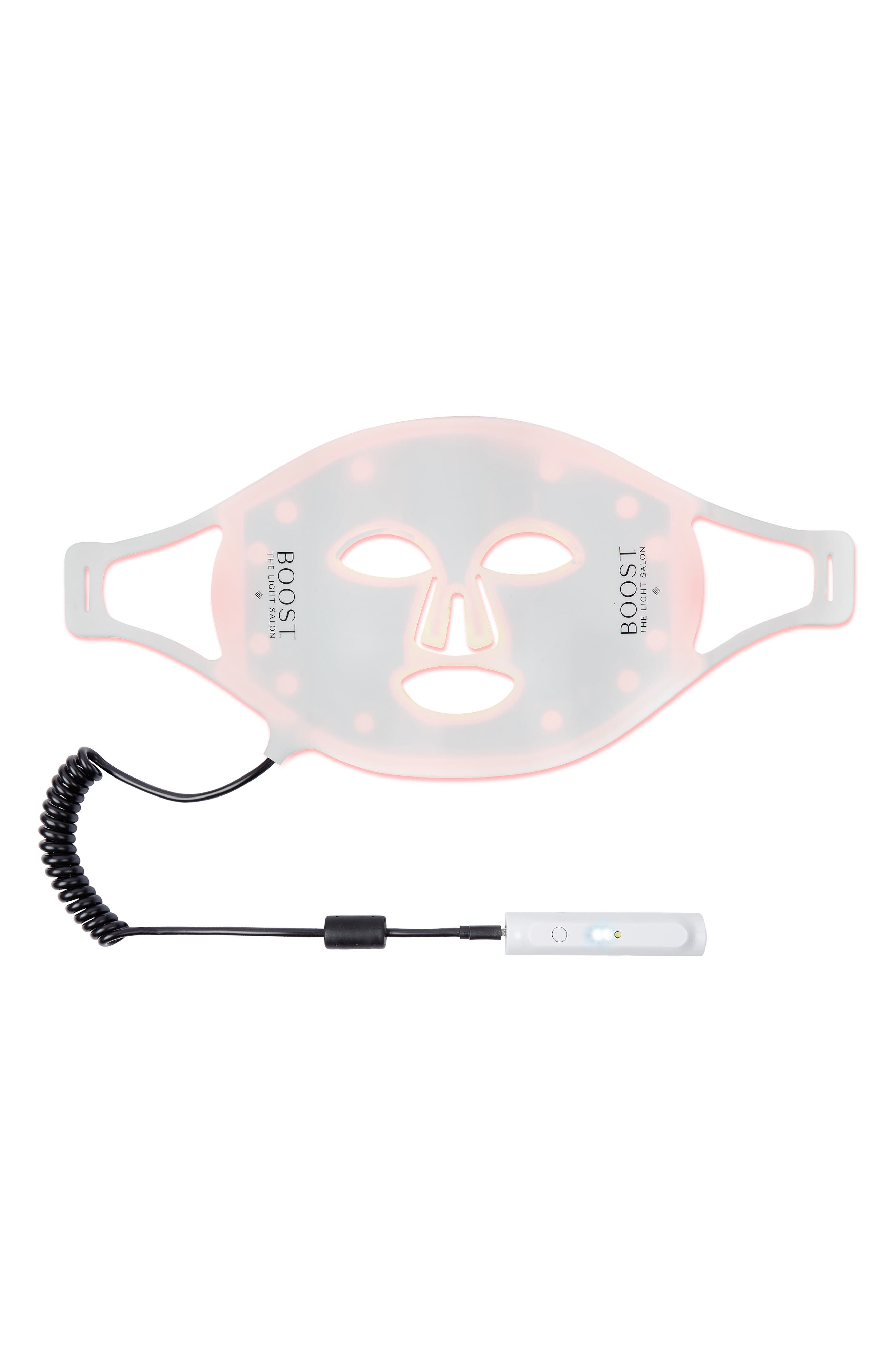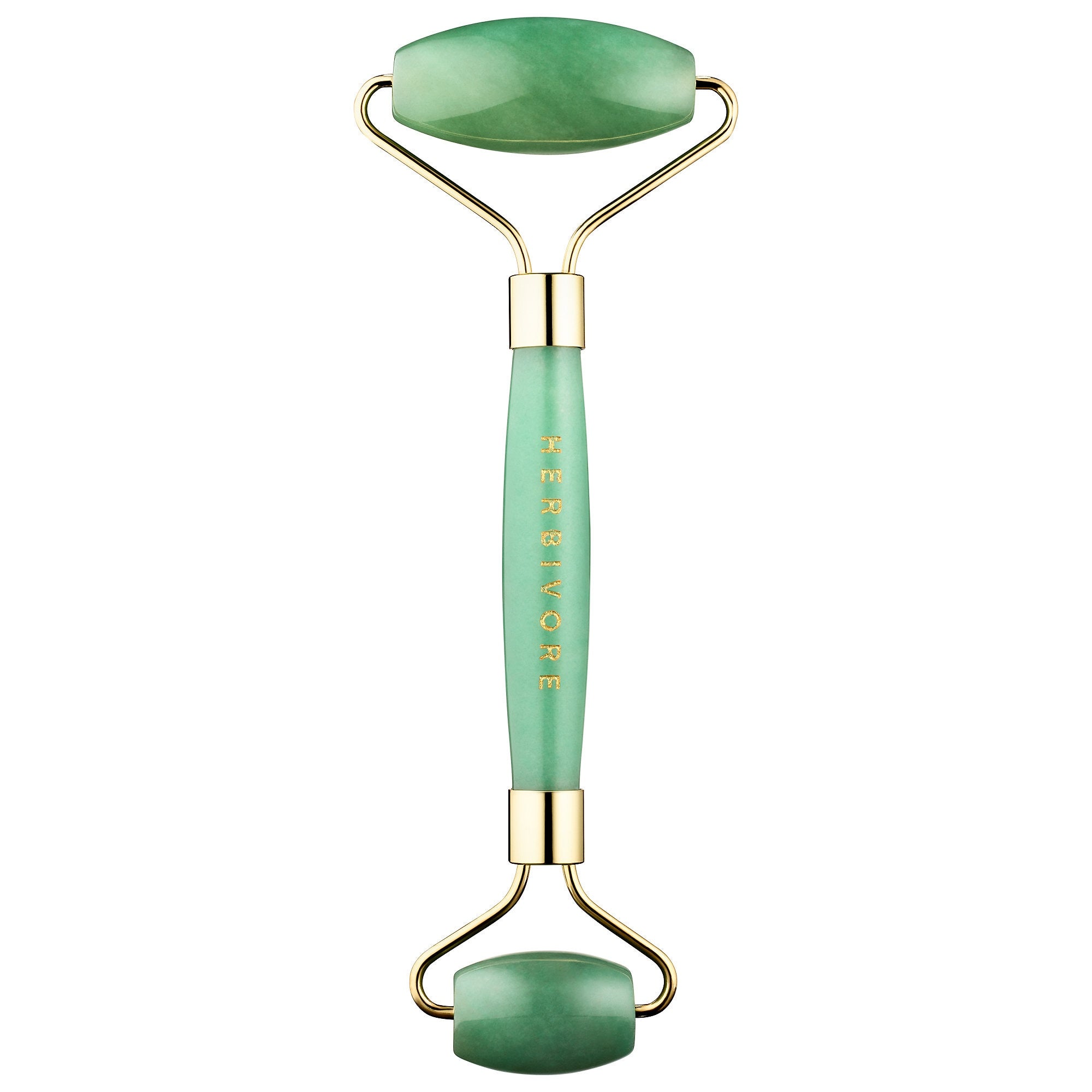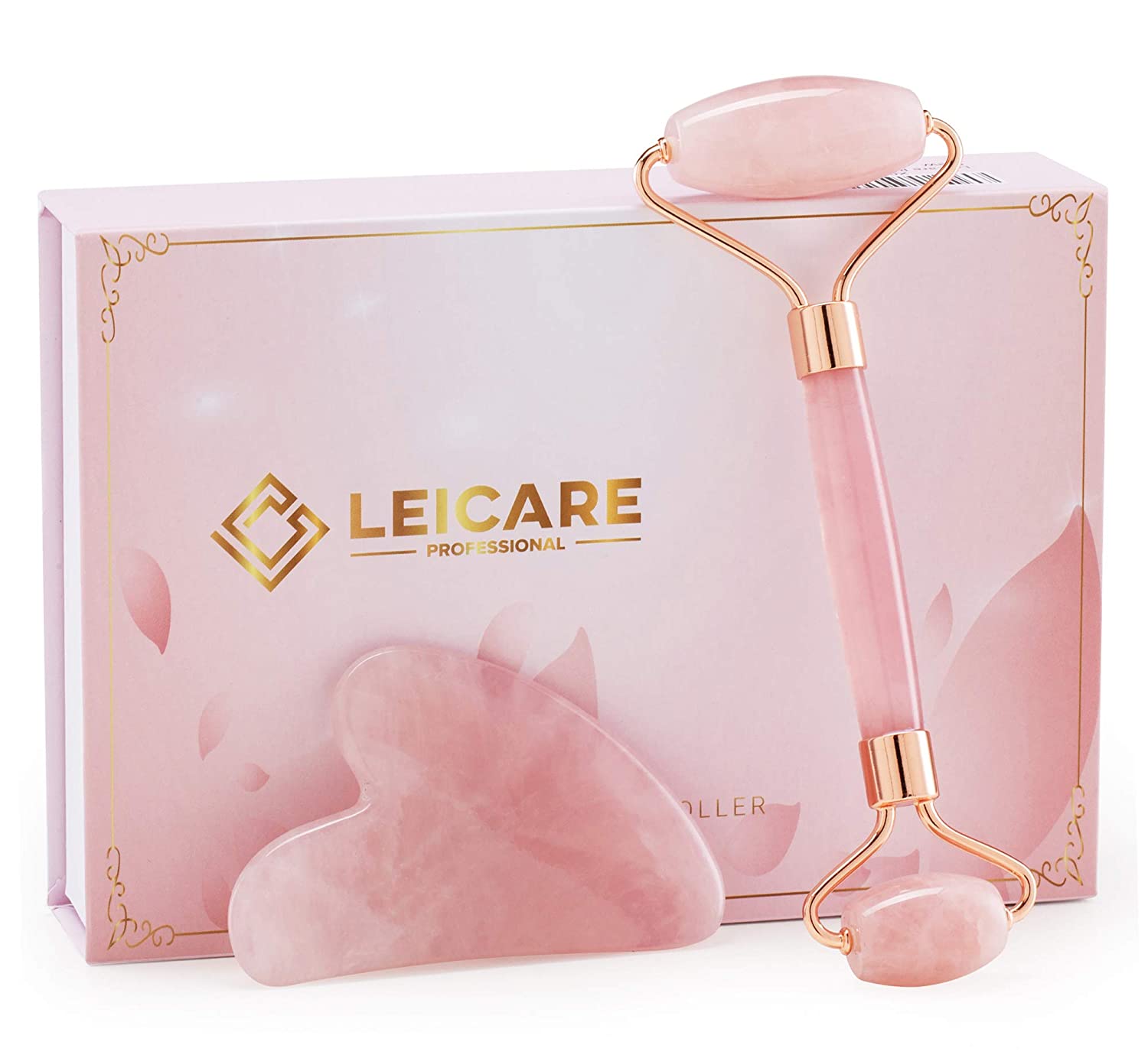Up until last year, I was a staunch beauty-tool skeptic. Nothing you can buy at home is as powerful as what you get in clinic, or so I reasoned; tools were just fun add-ons or cute gimmicks to pass the time.
I’ve definitely changed my tune after not being able to have a facial for a whole year. Plenty of them actually offer great benefits, and if you were serious enough about skin care to be a regular at your esthetician’s office pre-pandemic like I was, you should definitely consider adding them to your routine as a booster.
AdvertisementADVERTISEMENT
That’s not to say I endorse all of them wholesale, nor do I think anyone "needs" them, per se. The core work of skin care is done through the unsexy stuff: SPF, retinol, vitamin C, sleep, abstention from smoking, and so on. But for those of us who like to play the beauty game on a more advanced setting, why not?
One category of beauty tool I’m yet to be fully convinced by are cleansing devices. This is partly because of the lifespan some of them seem to have (RIP, Clarisonic) but also because I personally don’t think anything beats your hands, a good cleanser, and a warm flannel cloth. I’m also iffy on pore vacuums, or spot suckers, or zappers, or whatever you want to call them. You’re more likely to cause damage and inflammation by attempting to extract or pop a pimple, which means a greater likelihood that it’ll leave a scar. That scarring can take much longer to heal than the original blemish, especially if you have darker skin, which releases more melanin. Skip the endless cycle of compulsive picking and looking for something to extract and just pop a hydrocolloid acne patch — like a Starface sticker — on the sucker and let it work its magic.
One category of beauty tool I’m yet to be fully convinced by are cleansing devices. This is partly because of the lifespan some of them seem to have (RIP, Clarisonic) but also because I personally don’t think anything beats your hands, a good cleanser, and a warm flannel cloth. I’m also iffy on pore vacuums, or spot suckers, or zappers, or whatever you want to call them. You’re more likely to cause damage and inflammation by attempting to extract or pop a pimple, which means a greater likelihood that it’ll leave a scar. That scarring can take much longer to heal than the original blemish, especially if you have darker skin, which releases more melanin. Skip the endless cycle of compulsive picking and looking for something to extract and just pop a hydrocolloid acne patch — like a Starface sticker — on the sucker and let it work its magic.
However, I’ve fallen head over heels recently for two electrical tools, specifically the NuFace Microcurrent Trinity Toning Device and The Light Salon Boost LED Face Mask. My favorite facials always incorporated some element of microcurrent and LED light therapy, but I’d never tried a DIY version. Microcurrent is an energy source that stimulates the facial muscles, making your face appear more lifted and toned. The effects are noticeable but temporary. As such, I’d book in for a microcurrent facial ahead of a big event or if I’d really been feeling stressed and wrung-out, and enjoy the benefits for a few days.
AdvertisementADVERTISEMENT
For me, the NuFace doesn’t offer the same immediate lift, but after using it as instructed (every day for five minutes), my skin absolutely looks like it did after a pro treatment. My cheekbones look more sculpted, my skin feels nicely toned, and, because you can use it every day, you keep the benefits rolling on in. I’ve noticed enough of a difference in my skin to a) commit to using it for good and b) make the price tag worth it. Everyone’s different, and of course it’s not the same as Botox or a face lift, but it does make you look like you’ve really slept well for about two weeks. There’s not heaps of clinical research into microcurrent for cosmetic use, but one study out of Italy found that it did noticeably improve skin laxity, with the caveat that repeated use is necessary.
Then, LED. I have fairly sensitive skin and found that an LED boost at the end of an aggressive extraction facial always served to soothe my skin and extend the benefits of the post-treatment glow. But the machines they use are massive and bulky, so I didn’t think I’d ever be able to recreate that at home, either. However, The Light Salon has nailed it with its at-home Boost mask. Constructed from a soft, pliable plastic, the two straps make it so you can comfortably wear it while watching Netflix, scrolling Instagram, or even working on your laptop. The 10-minute blast of LED leaves my skin looking really lovely, with a brighter complexion and a supple feel. It’s thought that red LED light can help stimulate collagen production, and there is some preliminary research that looks promising.
Then, LED. I have fairly sensitive skin and found that an LED boost at the end of an aggressive extraction facial always served to soothe my skin and extend the benefits of the post-treatment glow. But the machines they use are massive and bulky, so I didn’t think I’d ever be able to recreate that at home, either. However, The Light Salon has nailed it with its at-home Boost mask. Constructed from a soft, pliable plastic, the two straps make it so you can comfortably wear it while watching Netflix, scrolling Instagram, or even working on your laptop. The 10-minute blast of LED leaves my skin looking really lovely, with a brighter complexion and a supple feel. It’s thought that red LED light can help stimulate collagen production, and there is some preliminary research that looks promising.
AdvertisementADVERTISEMENT
I’m also a big fan of manual tools. Gua sha and jade rolling are a lovely addition to a spa evening at home — they feel beautifully cooling on the skin and give an uptick in circulation that leaves skin feeling plump and smooth. While they don’t mimic professional results, they're brilliant if you’re looking for a purse-friendly, gentle introduction to tools.
Regardless of the brand, LED and microcurrent tools tend to be very pricey, and that’s down to the complexity of the tools themselves. The technology isn’t exactly NASA-level, but calibrating the right amount of intensity into a handheld tool which can safely mimic in-clinic results is tricky. I’m sure you can find off-brand options online for a slice of the price, but you simply don’t know how safe or effective they’ll be.
If you’re looking for all-over brightness and pep without injectables and you’ve got some cash to blow, I’d highly recommend either tool — or both, if you’re feeling flush.
At Refinery29, we’re here to help you navigate this overwhelming world of stuff. All of our market picks are independently selected and curated by the editorial team. If you buy something we link to on our site, Refinery29 may earn commission. This story was originally published on Refinery29 UK.



